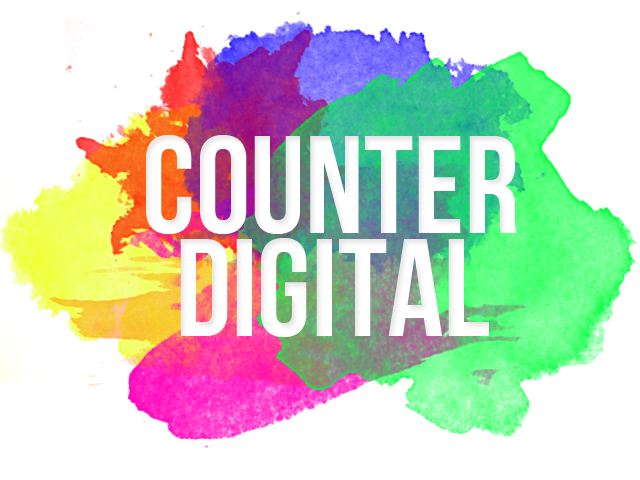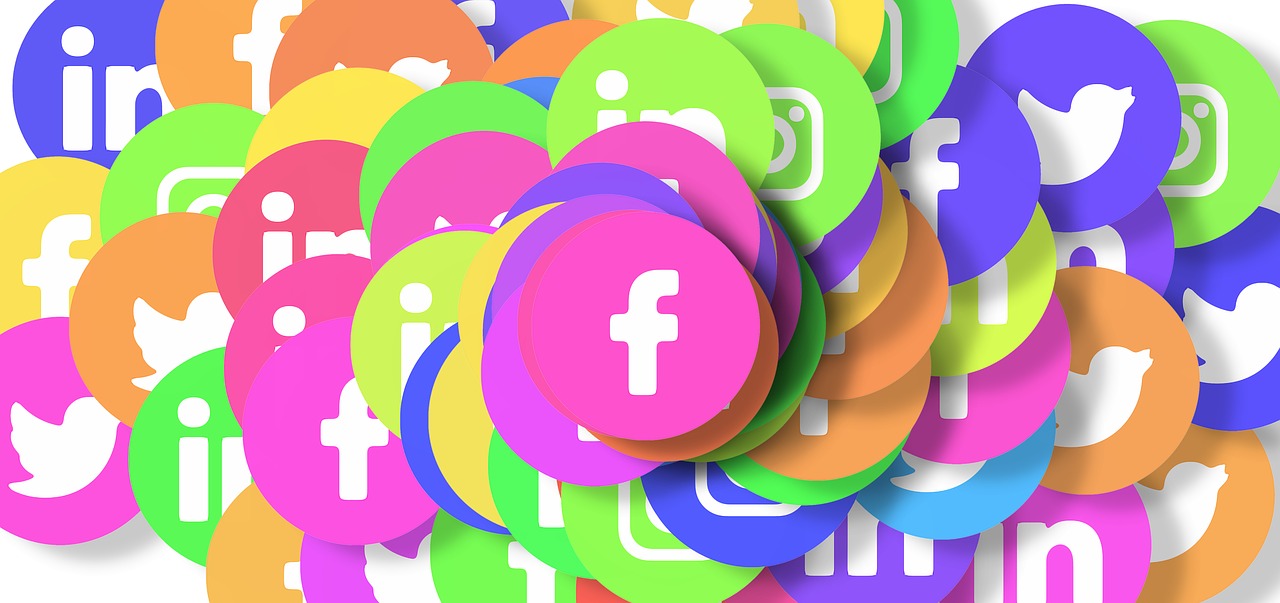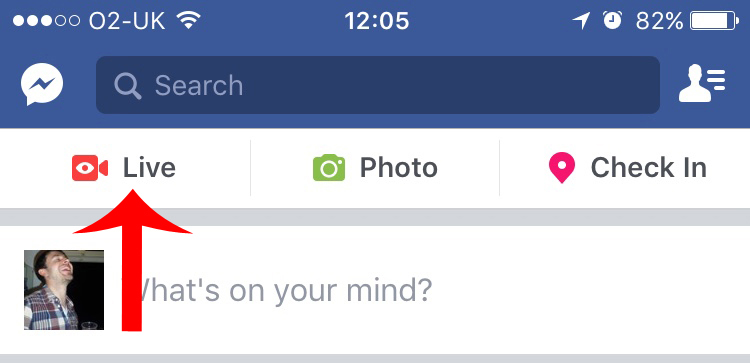If you’ve followed the rise of Facebook over the last decade you’ll probably have heard about “the death of Facebook” on more than one occasion.
As the world’s biggest social media platform Facebook is an easy target for everyone from advertisers to governments to regular users in the general public. As a result, we’ve seen this type of headline time and time again.
Pivot, Pivot…PIVOT!*
You don’t need an MBA or years of experience in the business world to recognise that Mark Zuckerberg has been a pretty impressive founder and CEO up to this point.
With this in mind, and a history of acquisitions including Instagram and aggressively attacking competitors like Snapchat, it’s fair to assume that Facebook will pivot and react, as and when younger audience attention shifts.
However, even with this in mind it’s unlikely Facebook will ever again become the “go-to” place for younger audiences. This is primarily because it now has such a large adult and senior audience that the numbers will almost certainly always skew upwards.
Also, when you combine the fact that Zuckerberg is unlikely to turn his back on the highly lucrative mature audiences anytime soon with the age-old understanding that kids, teens and younger groups always want their “own” space, on and offline, it’s safe to say Facebook will most likely never return to its younger, cooler image of approximately 2008-2012.
*Who got the Friends reference?
Segmented Digital Messaging
Marketers and advertisers are no strangers to segmented audiences and messaging and this may develop further in the coming years, more so than even at present.
To a certain extent businesses, marketers and advertisers already understand that different social media channels mean different audiences (think Snapchat for under 25s etc.).
As a result, and if younger users continually drop-off, or never join, Facebook the social media channel could simply become a platform to reach audiences in the over thirties market.
This would essentially represent a 180 degrees flip, as for years the channel was seen as a platform to reach teenagers, university students and those in their early twenties, but wouldn’t kill the channel by a long shot.
In the near future you could see marketers use Snapchat and Instagram to reach anyone under thirty, Facebook for over thirties and one or two other experimental channels for teenagers or seniors.
Part of the Mainstream
With all of the above in mind one of the most likely developments (it’s happening already) is that Facebook simply becomes part of the mainstream media machine we’ve all known, in some shape or form, throughout our lives.
For many the Brexit and US Presidential political results of 2016 represented a watershed moment as Facebook had reached the mainstream as a key media channel. It could even be this increased awareness, of the channel and its powers over society, that is leading to younger audiences moving away.
Whatever the reasons, becoming part of the mainstream media offering in no way means Facebook is nearing grim death. It might simply no-longer be where the cool kids hang out…although some would say that happened years ago!
What to Do?
As always it’s best to let these things play out and simply maintain an awareness of any major changes.
If you’re in the business of marketing or selling to anyone over the age of 25 then this is probably a non-issue. If you target teenage or young adult markets it’s time to get experimental…if you haven’t already.
Any other questions on social media for business, or digital marketing in general, contact me here.















